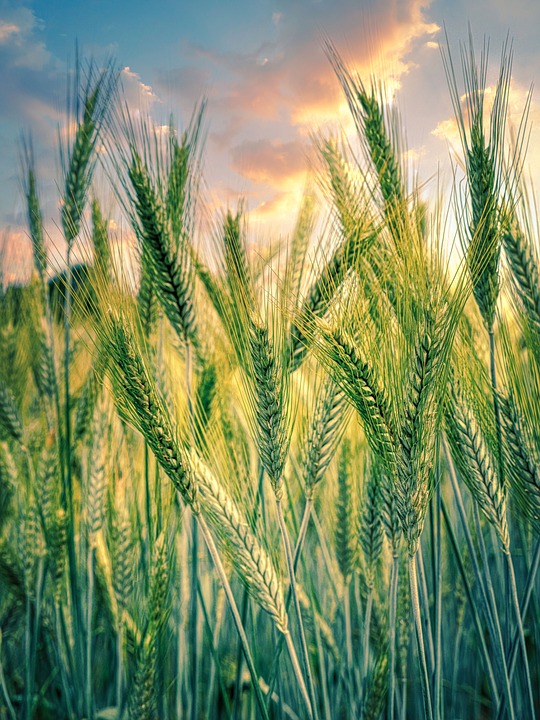The Impact of Climate and Geography on 16th Century Farming
Introduction
Farming in the 16th century was greatly influenced by the climate and geography of the regions in which it took place. The ability of farmers to cultivate crops and raise livestock was significantly impacted by the natural environment in which they worked. In this article, we will explore how climate and geography shaped the agricultural practices of the 16th century.
Climate
The climate of a region had a significant impact on the type of crops that could be grown and the success of farming practices in the 16th century. In regions with mild climates and ample rainfall, farmers were able to grow a wider variety of crops and achieve higher yields. These regions often had longer growing seasons, which allowed for multiple harvests throughout the year. Conversely, regions with harsh climates, such as extreme heat or cold, limited the types of crops that could be grown and required farmers to adapt their practices to survive.
In areas with cold winters, such as Northern Europe, farmers had to rely on hardier crops like grains and root vegetables that could withstand the freezing temperatures. They also had to be strategic in their planting and harvesting schedules to ensure that crops were able to mature before the frost set in. In contrast, regions with warmer climates, such as Mediterranean countries, could grow a wider variety of crops, including fruits, vegetables, and grains. These regions also benefited from longer growing seasons, which allowed for greater productivity.
Geography
The geography of a region also played a crucial role in shaping 16th-century farming practices. The topography of an area, including its terrain, soil quality, and water sources, had a direct impact on the success of agricultural endeavors. In regions with fertile soil and access to water, farming was more likely to flourish. However, regions with poor soil quality, rocky terrain, or limited water sources presented challenges for farmers.
Mountainous regions, for example, posed unique challenges for farmers in the 16th century. The steep terrain made it difficult to cultivate large areas of land, and the elevation affected the types of crops that could be grown. Farmers in mountainous regions often had to rely on terracing techniques to create flat surfaces for planting crops and managing water flow. In coastal regions, farmers faced the challenge of saltwater intrusion, which could damage soil fertility and limit crop production.
Adaptations and Innovations
Despite the challenges posed by climate and geography, 16th-century farmers developed a range of adaptations and innovations to improve their agricultural practices. Crop rotation, for example, was a common technique used to maintain soil fertility and prevent the depletion of nutrients. By rotating crops each season, farmers were able to replenish the soil and reduce the risk of pests and diseases.
Irrigation systems were also developed to help farmers manage water resources and ensure consistent crop yields. In regions with limited rainfall, farmers built canals, ditches, and reservoirs to capture and distribute water for irrigation. These systems allowed farmers to grow crops in arid regions and increase productivity.
Conclusion
In conclusion, the impact of climate and geography on 16th-century farming was significant. The natural environment in which farmers worked influenced the types of crops that could be grown, the success of agricultural practices, and the overall productivity of farming endeavors. Despite the challenges posed by varying climates and terrains, farmers developed innovative techniques to adapt to their surroundings and improve their agricultural practices. The legacy of these adaptations can still be seen in modern farming practices today.





